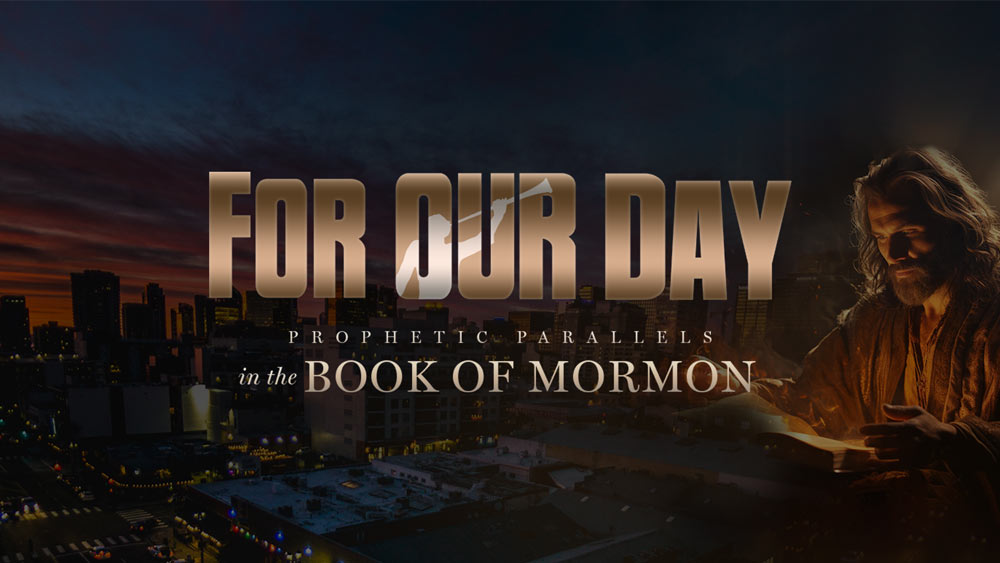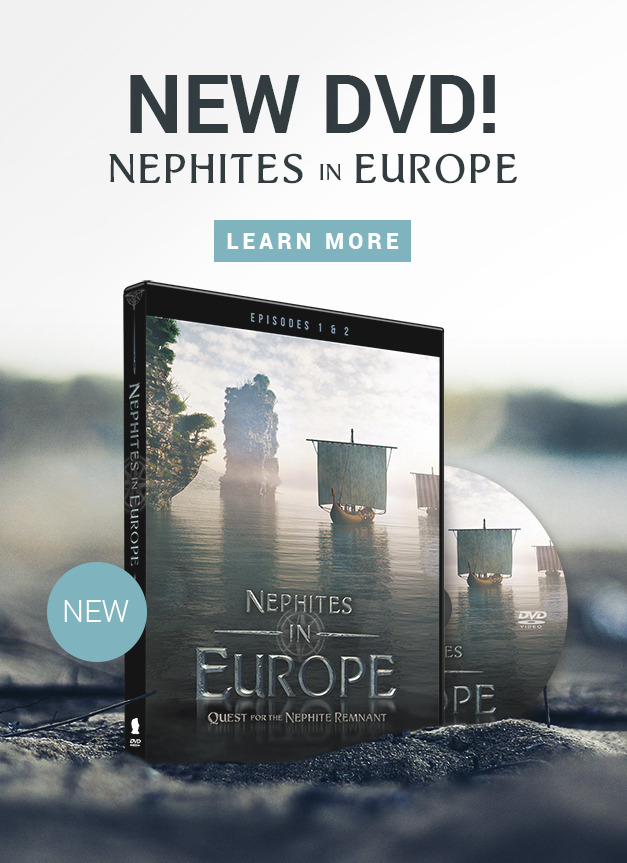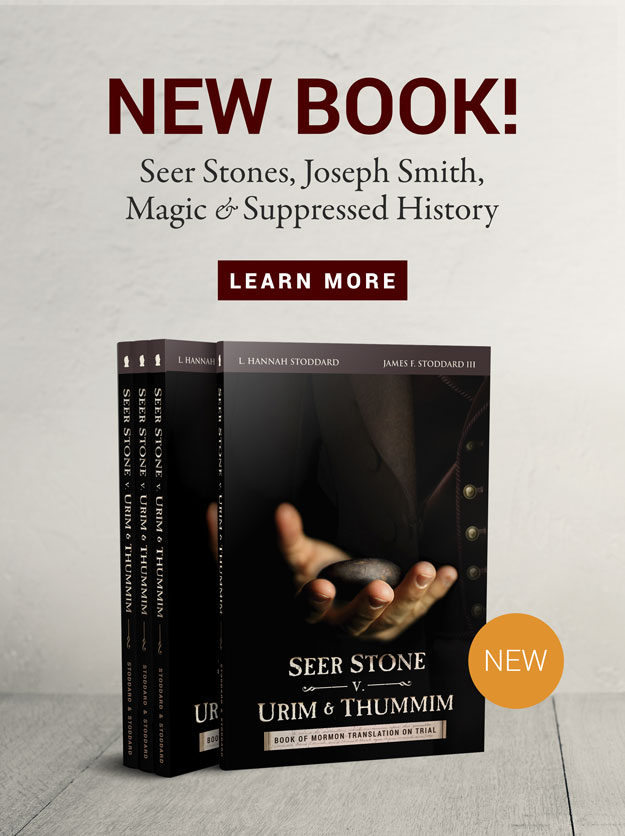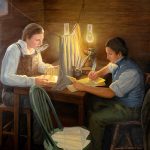Associated Locations:
- Florence, Republic of Florence, in present-day Italy
Associated Dates:
- March 9, 1454 – Born
Amerigo Vespucci is one of the eminent spirits who appeared to President Wilford Woodruff in the St. George Temple (Latter-day Saint, LDS) on August 21, 1877. This interesting story is detailed in the Eminent Spirits Appear to Wilford Woodruff wiki.
Amerigo Vespucci is one of the two men included in this research who are not of the eighteenth or early nineteenth century. Amerigo played a significant role in the establishment of America. He was the first to establish that America was a new continent and not a part of Asia.
Amerigo’s legacy is not only his name, but in his dignity and devotion to the divine. Amerigo had believed for years before any actual discovery that there was a New World.
“Those new regions which we found we may rightly call a New World.”
– Amerigo Vespucci
Life Sketch from The Other Eminent Men of Wilford Woodruff
Copyright © Taken from the book: The Other Eminent Men of Wilford Woodruff. Special thanks to Vicki Jo Anderson. Please do not copy.
Italian Navigator 1454-1512
Early Life

Amerigo was born in Florence in 1454. He was the son of Nastagio Vespucci, whose family was among the most cultured and respected of the region. Amerigo’s father was the secretary of the Signori, the Senate of the Republic of Florence; his uncle Juliano was the ambassador to Genoa; and a cousin, Piero Vespucci, was the ambassador to the King of Naples. Interestingly, Leonardo da Vinci was so impressed by the noble manly features of Amerigo the elder that he followed him about the streets until he had memorized his features. Da Vinci later drew a crayon portrait of him.
Shortly after his birth, Amerigo was taken to the Cathedral of the Saints for his baptism. Custom dictated that all babies blessed in that parish be named after a saint, but Amerigo’s father departed from the tradition and named the new baby after his grandfather, a name which now the world knows as two of its continents.
Amerigo Vespucci’s family, position, and education were vital for the purpose which he was to fulfill. Most of Amerigo’s education was under the tutelage of his uncle Georgio Antonio Vespucci, a monk and distinguished scholar. This uncle collected manuscripts and was the owner of a splendid library. His intellectual circle included the leading thinkers of Florence, and he felt it wrong to limit learning and knowledge to that which was approved by the Church. Therefore, Georgio Vespucci spent much studying Greeks and the ancients. These elements combined but Friar Georgio in the midst of the Renaissance.
Under his instruction Amerigo became acquainted with Vergil, Dante, Plutarch, and most importantly, Ptolmey, whose astronomical calculations helped establish the meridians, or the beginning of the longitude and latitude system. Amerigo also studied classical lore, mathematics, and grammar. When Amerigo left his uncle’s tutelage, he was an accomplished scholar—a rarity in his era. Along with scholarly instruction, Friar Georgio also gave his nephew a “profound sense of dependence upon the protection of God.”
Amerigo became friends with Piero Soderini, with whom he remained good friends throughout his life. Piero eventually became the head of the powerful Medici family. In his letters to Piero, Amerigo detailed his four voyages to the new world and his observations of what he found there. These letters are among the few documents left of these important events.
In 1478, the unsanitary conditions of Florence caused a terrible plague to presad throughout the region, forcing Friar Vespucci to shut down his school. Amerigo’s parents took him to the countryside until the plague passed. While there, he wrote letters expressing his love of adventure. Amerigo also wrote of the kindness and generosity with which he was raised: “George Antonio, commends to your consideration a poor and wretched neighbor of his whose only reliance and means are in our house…. He asks you, therefore, that you would attend to his affairs, so that htye may suffer as little as possible in his absence.”
During this time Lorenzo the Magnificent made Florence a major attraction to all of Europe. Many of the notables of the time passed through this city of the Renaissance. Festivals of Enlightenment were celebrated there.
Collecting old Manuscripts and Maps

One of the most noted scholars in Florence at this time was Paolo dal Pozzo Toscanelli. For Amerigo and others in this advancing community, Toscanelli was the “fountainhead of inspiration,” whose most noted student was Leonard da Vinci. Toscanelli was a medical doctor who would not accept pay for his services for the poor. Like Friar Giorgio, he collected old manuscripts. He was also a great cosmographer and astronomer. He established meridian line for use in determining dates of “movable feasts” such as Easter. His method was extraordinarily accurate for his day.
In 1474, Toscanelli proposed to a Portuguese friend, Fernando Martinez, the idea of reaching India by sailing westward. It was not long after this that he received letters of inquiry from a young Italian living in Portugal—Christopher Columbus. Toscanelli sent Columbus a copy of the letter in which he proposed the idea to Martinez. The letter to Martinez declared that “there is a very short route from here to the Indies … by way of the ocean.” Toscanelli wrote back saying: “I note your noble and ardent desire to go to the western ocean, which is indicated upon the map I sent you.”
The impact of this man’s far-ranged studies upon da Vinci, Columbus, and Amerigo revolutionized the world. Like Toscanelli Amerigo became engrossed in collecting the best maps and charts available. Maps were very scarce, and his collection became an expensive hobby. He paid the equivalent of 500 dollars for a map made in 1439.
When Amerigo finished his schooling he became a clerk in the commercial house of the Medici, the ruling family of Florence at the time. During his services as clerk, one of the leading men of Florence was assassinated. Retribution was swift. Anyone who had any connection with a suspect—including his relatives—was punished. Friar Piero Vespucci helped one of these men escape and was arrested and sentenced to life in prison. However, two years later, the King of Spain interceded on behalf of the Vespucci family, and Piero was released. Piero was not the only Vespucci to benefit from these strong connections with the King of Spain. They benefited Amerigo as well. The ruling Medici family sent him to their bank in Spain to become their branch manager. This was a position of great trust and responsibility, for the Medici fortune was thought to be the greatest in all Europe.
Amerigo was thus in 1492 when Columbus discovered America. During this time Amerigo changed employment to work for the house of commerce of Berardi, another Italian family. Their main business was to equip and supply ships. After Columbus’s first trip, Ferdinand and Isabella contracted with the house of Berardi to outfit four different groups of ships to be sent to the New World. From business transactions, it appears that after the death of Berardi, Amerigo managed all the affairs of outfitting the ships ordered by the king and queen.
Disagreement about America

Amerigo was greatly excited by the report of Columbus’s discoveries. However, he disagreed with Columbus; theories about the new world, who felt that the new land was the eastern-most coast for Asia. For some time Amerigo held that the measurements of longitude established by Toscanelli were incorrect and that this new land was actually the fourth part of the world. Through correspondence he tried to communicate his ideas to Columbus.
Columbus wrote to Amerigo, expressing concern about his belief that he did not discover Asia: “With your well-known skill in cosmography, I fear me, you combine more of doubt than becoming to a Christian navigator.” In reply Amerigo wrote:
Far from undervaluing the effect of the discoveries … I am rather disposed to place a great estimate upon them, than does the Admiral Columbus himself… My own thoughts lead me to the conviction, that there exists near unto the lands you have visited, an immense country, … being according to my calculations as large, if not larger, than the whole of Europe.
Columbus’s next letter reminded Amerigo that even Toscanelli’s views were in accordance with his own. Amerigo responded that Toscanelli based his calculations upon some of the exaggerated observations of Marco Polo.
He closed his correspondence to Columbus with these words: “I am strongly moved to tempt the ocean myself, in the hope of adding something to the knowledge of mariners.” Despite the disagreements between the two men, who remained friends throughout their lives, each was able to preform their providentially assigned tasks. Although Columbus may not have understood that the new land was a new continent, he was able to break through the cloud of ignorance, boldly opening the way the others might follow. It was Amerigo’s calling to know that the land Columbus saw was a new world even before he sailed. His abilities in using the quadrant and astrolabe established that the new land was, in fact, a hitherto unknown continent.
In May 1497, King Ferdinand was anxious to be reassured that the reports of Columbus were true, as certain if, in fact, this new land was Asia. To this end and to “assist in the discovery,” after Columbus’ second voyage the King outfitted four ships for the new lands. Vespucci assignment to sail with the fleet appears to have been his first major sailing adventure. This voyage was supremely important, for it firmly established that the new land was really, as Amerigo called it, the “New World.”
Trip to the “New World”

This little fleet of Spanish ships was the first to reach the mainland. (Columbus did not reach the mainland until his third journey.) Amerigo described the journey to his friend Piero of Florence:
-
-
- What we suffered on that vast expanse of sea, what perils of shipwreck, what discomforts of the body we endured, with what anxiety of mind we toiled…. And that in a word I may briefly narrate all, you must know that of the sixty-seven days of our sailing we had forty-four of constant rain, thunder and lightning—so dark that never did we see a sunny day or fair sky by night. By reason of this such fear invaded us that we soon abandoned almost all hope of life. But during these tempests of sea and sky, so numerous and so violent, the Most High was pleased to display before us a continent and not an island…. God’s mercy shone…. To Him be honor, glory, and thanksgiving.
-
When the fleet reached the mainland, it went down the coast, Amerigo making notations of all that was in sight. He dramatically improved the known maps of the time. This voyage not only established the existence of the New World and a new continent but also a whole new hemisphere. Some have said that his two words, “New World,” were actually the first Declaration of Independence for America.
Amerigo’s training from his uncle and the knowledge he gained from Toscanelli saved the ship at a precarious moment. In a letter he wrote of the experience:
Partly owing to tempest and winds which kept us from the proper course and compelled us to put about frequently…. For we were wandering and uncertain in out course, and only the instruments for taking the altitudes of the heavenly bodies showed us our true course precisely; and these were the quadrant and the astrolabe… For this reason they subsequently made me the object of great honor; for I showed them that though a man without practical experience, yet through the teaching of the marine chart for navigators I was more skilled than all the ship masters of the whole world.
In his correspondence he described a small book into which he was placing all his information. But the little book was lost. In a letter, he said he had given it to the King, and he hoped it would be returned. Apparently, it never was.
Amerigo’s knowledge and the skills were well respected. After only four voyages to the New World the King of Spain made him Pilot Major and decreed that no man could become a captain without attending Amerigo’s school. In this way, Amerigo promoted exploration.
America
During this time and unbeknownst to Amerigo, the New World was being given his name. At the time his letters became known in the courts of Florence, a group of advanced thinkers at the university of St. Die in Lorrain set up a printing shop to print scientific information. These scholars obtained copies of Amerigo’s letters to Piero and published them. In the nineth chapter of the book ‘’Cosmographie Introduction’’, one of the scholars suggested naming the New World America:
But now that these parts of the world have been widely examined and another fourth part has been discovered by Amerigo Vespucii, … I see no reason why we should not call it America, that is to say, land of Americus, for Americus its discoverer, man of sagacious wit, just as Europe and Asia received in days gone by their names from women. It is fitting that … in as much as Americus discovered it (and mapped it) it be called Amerige, or let us say land of Americi that is: america.
The idea spread. People liked the name and began to be refer to new land by it.
Copyright © Taken from the book: The Other Eminent Men of Wilford Woodruff. Special thanks to Vicki Jo Anderson. Please do not copy.1







